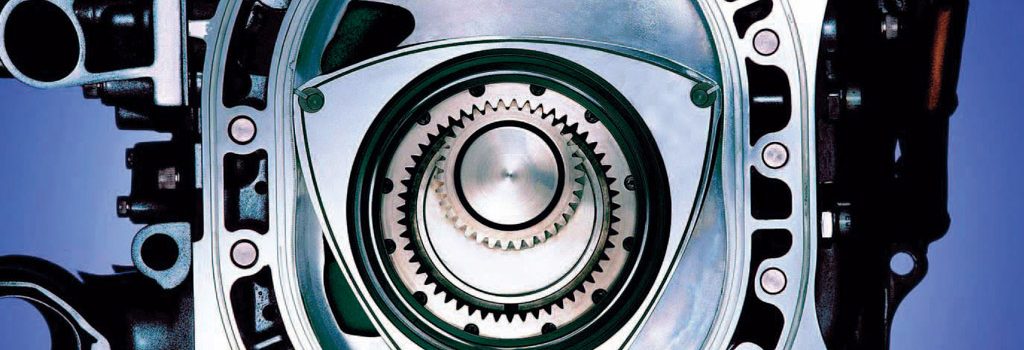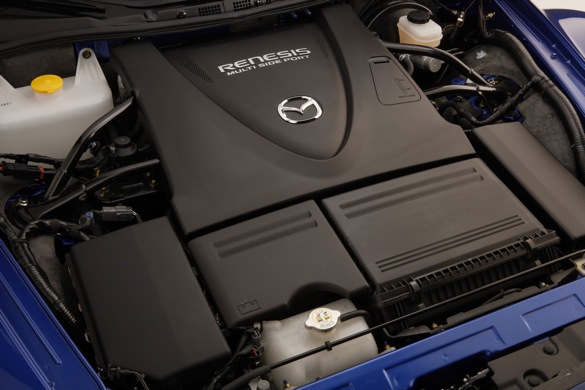The rotary engine has been a trademark for Mazda since 1964, when the then-fledgling Japanese automaker debuted their Cosmo sport coupe with rotary power. Since then, Mazda has expanded and then reduced the number of rotary engines in their product line; today, only the soon-to-be-discontinued RX-8 offers a rotary engine. The biggest reason is fuel consumption; when driven to make adequate power from its 1.3 liter displacement, the rotary engine sucks down gasoline like Lindsay Lohan knocking back appletinis at happy hour (when she isn’t under house arrest, that is). It also produces a significant amount of carbon dioxide, which is why the RX-8 has already been discontinued in the EU.
A recently developed technology, laser ignition, may help future rotary engines gain efficiency and reduce hydrocarbon output. Engines with laser ignition can be better sealed than engines with spark ignition, and that alone is expected to yield significant improvements on next generation rotary engines. Mazda will also take advantage of other technology advances, such as micro-hybrid (or mild hybrid) systems to boost low-end power output, and start-stop systems to yield improved fuel efficiency.
Mazda has also entered into an “informal” relationship with Audi regarding rotary engine development. The Audi A1 e-Tron concept featured a rotary engine powered range extender, since rotaries can be significantly smaller and lighter than conventional engines. Is there a future for the Wankel engine? If Mazda says “aye” and Audi seconds it, than chances are good that the answer is yes.
Source: Inside Line




